
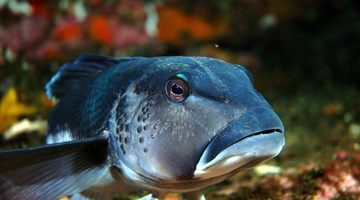
New Zealand is surrounded by the sea, and scientists estimate that as much as 80% of our known species are found in the seas around New Zealand. This marine environment not only provides a ...
READ MORE

The noisy reef takes us under the waves to the reefs of New Zealand to explore sound and noise under water. Using this unique habitat, we look at what sound is, how it travels, what changes under ...
READ MORE
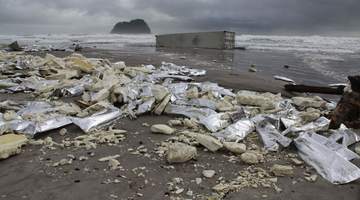
The resources in this collection are about where the land meets the sea. New Zealand has 15,134 km of coastline with extensive marine habitat. Land and sea are intricately linked, one impacting ...
READ MORE
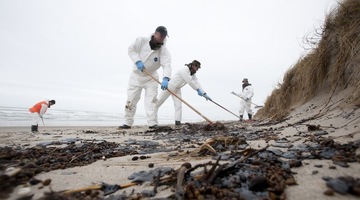
In this activity, students consider short-term and long-term responses to an environmental disaster such as the Rena. By the end of this activity, students should be able to: describe what might ...
READ MORE
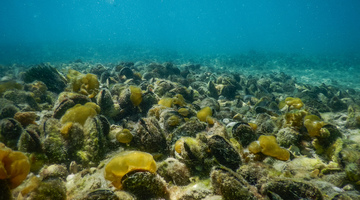
Marine stressors can come from natural, unexpected events such as erosion from an earthquake or slip, but many stressors are linked to human activities. Most marine ecosystems are resilient, but ...
READ MORE

EBM – ecosystem-based management – is a holistic and inclusive approach for managing an ecosystem. In this activity, students use EBM principles as a framework to consider how a local area of ...
READ MORE
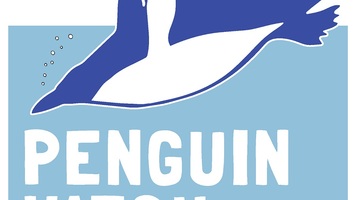
Help scientists establish valuable baseline data about the numbers, locations, habits and health of penguins in a range of Southern Ocean sites. This information will enable better understanding ...
READ MORE
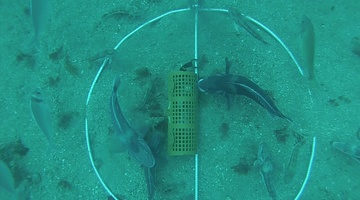
Come and visit Aotearoa New Zealand’s underwater world in this online citizen science project. Discover, count and identify unique fish species that live within our marine reserves ...
READ MORE
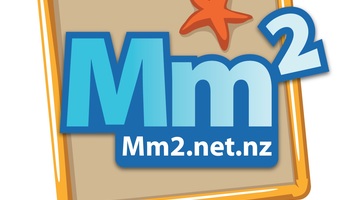
Marine Metre Squared is a New Zealand citizen science project that supports communities to monitor their local seashore. The project has been designed to provide meaningful, valid environmental ...
READ MORE
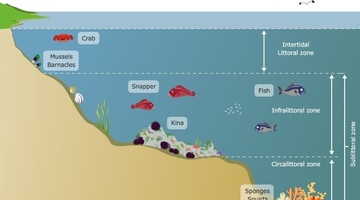
The rocky shore is a popular topic in primary school science. Below are some Science Learning Hub resources for primary teachers related to the rocky shore in the Living World strand of the New ...
READ MORE

Below are links to Science Learning Hub resources for primary teachers related to floating and sinking in the Physical World strand of the New Zealand Curriculum. Building Science Concepts ...
READ MORE

School science is engaging when it makes connections to students’ everyday lives (Osborne & Collins, 2001) and when they have an opportunity to experience physical phenomena first-hand – the ...
READ MORE
In this video, Associate Professor Stephen Wing, from the University of Otago, talks about how our understanding of food webs has changed over the years. We now have a much better understanding ...
READ MORE
Immediately following the grounding of the Rena on the Astrolabe Reef, the Bay of Plenty Polytechnic and the University of Waikato formed a marine response team. This team surveyed local marine ...
READ MORE
Stacey Mulgrew, the Land Information representative gives a tour of the ship. Stacey starts on deck and explains the decks of the ship using the ship’s deck plans. She shows where one of the ...
READ MORE
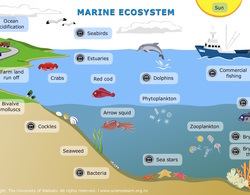
Explore this interactive diagram to learn more about life in the sea. Click on the different labels to view short video clips or images about different parts of the marine ecosystem. Select here ...
READ MORE
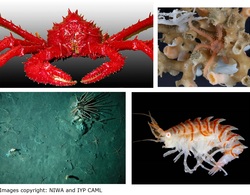
This short slideshow shows some of the animals found in the Antarctic benthic zone. Use the Slideshow menu for further options, including view full screen, and go here for the download option.
READ MORE
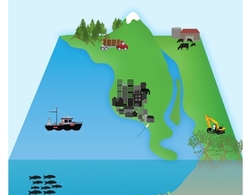
Use this interactive to identify stressors in marine environments. Drag and drop the text labels onto the diagram.
READ MORE